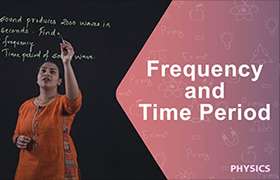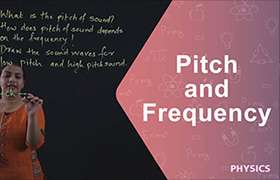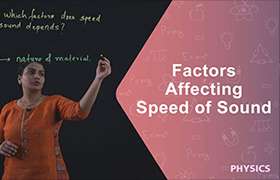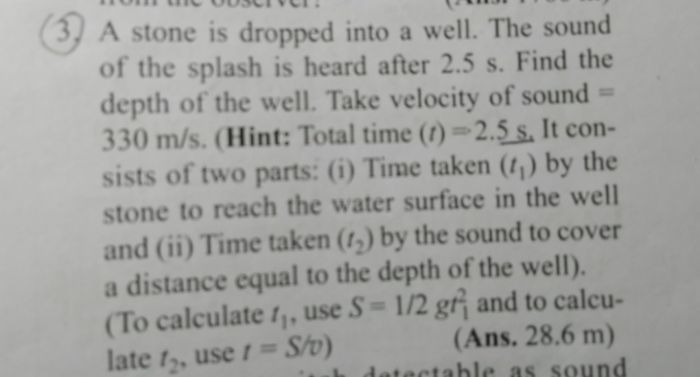CBSE Class 9 Answered
1. A region of compressed air (increased density or pressure) is called a compression (C) and that of rarefied air (decreased density or pressure) is called a rarefaction (R).
2. The portion of the medium where density (or pressure) has a value larger than its average value is called a crest.
3. The portion of the medium where density (or pressure) has a value smaller than its average value is called a trough.
4. The magnitude of maximum disturbance in the medium on either side of the mean position is called the amplitude.
5. The change in density (or pressure) from maximum value to the minimum value and again to the maximum value is called an oscillation.
6. The number of complete oscillations per second is called the frequency of the sound wave.
7. The time taken for one complete oscillation in density (or pressure) of the medium is called the time period of the wave.
8. The distance between two consecutive compressions or two consecutive rarefactions is called wavelength of the wave.
9. Speed of sound is the distance travelled by the sound wave per unit time.
10. The intensity of sound at any point is the amount of energy passing per unit time per unit area in a direction perpendicular to area.
11. The physiological response of the ear to the intensity of sound is called loudness.
12. Pitch is the physiological sensation which helps in distinguishing between a shrill sound from a flat sound.
13. Quality (or timbre) distinguishes a sound from another sound of the same pitch and loudness. It is determined by the wave-form of the sound.
14. The repetition of sound caused by reflection of sound waves from an obstacle is known as echo.
15. Multiple echoes are heard when sound is repeatedly reflected from a number of obstacles at suitable distances.
16. The phenomenon of persistence or prolongation of audible sound after the source has stopped emitting it is called reverberation.
17. Sounds of frequency below 20 Hz are called infrasounds.
18. Sounds of frequency above 20 kHz are called ultrasounds.
19. SONAR stands for Sound Navigation And Ranging. It is used to measure distance, direction and speed of objects lying under sea. It is also used in ship-to-ship communication.












